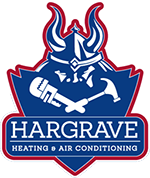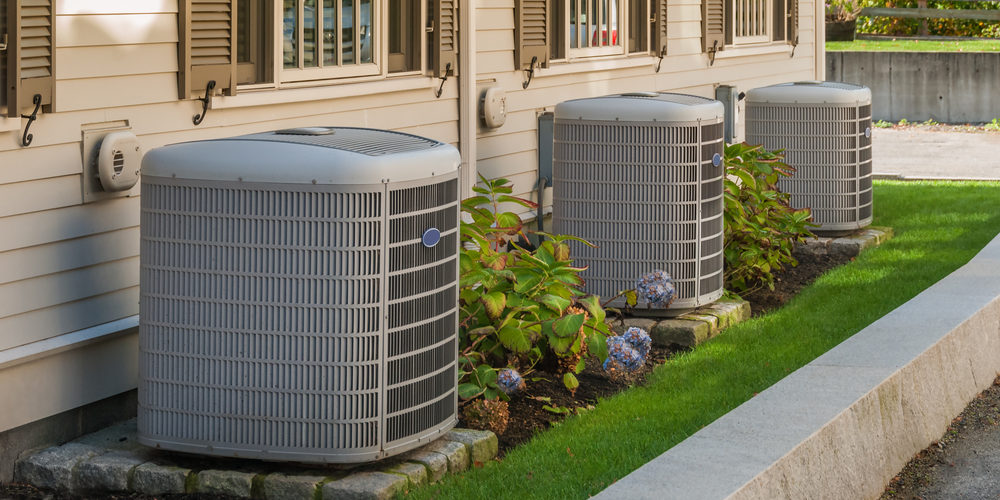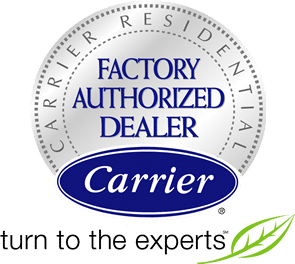With spring in the air, it can only mean one thing. It will soon be the time when your HVAC (heating, ventilation, air conditioning) system switches over to cooling your home after being in heating mode all winter. But, other than that, and knowing to regularly replace your air filters, how much do you really know about how an HVAC system works?
While you don’t need to be an HVAC expert, the more you know about your system, the better you’ll be able to maintain it and get optimal performance from it.
This is How an HVAC System Works
How your HVAC system works may be somewhat different from how your neighbour’s system works, depending on the type of system in each home.
Forced Air Systems
Most homes in Canada use a forced-air type of HVAC system. Like the name implies, a forced-air system uses a centrally-located blower to force heated or cooled air through ductwork into your home. The system simultaneously returns cooled or heated air from inside the home to the blower unit through a different set of ducts.
The returned air is then reheated, (in the case of cool air being returned in winter), or re-cooled (in the case of warm air being returned in the summer). The “ventilation” part of the equation happens when some of the air being put through the system is vented to the outside and replaced with fresh outside air.
Hydronic Radiant Systems
Hydronic heating, either through a system of radiators or through tubing in the walls and floors of your home, is an increasingly popular, energy-efficient way to heat your home. If you choose hydronic radiant heating for your home, you will need a separate system to cool your home in summer. High-efficiency heat pumps are an ideal solution.
Components Of Your HVAC System
Blower/Heating Unit
The heart of forced-air HVAC systems is the blower unit, which is most often part of the furnace. The blower is the power plant that distributes conditioned air (heated or cooled) through your home and returns it again after it has been cooled or heated, depending on the season.
Air Conditioner
The air conditioning unit in your HVAC system is usually an outdoor unit that forces refrigerant gas through condenser coils that cool it down and converts it to a liquid. The cooled liquid is then pumped to an evaporator coil in the blower, where it cools the air that is then forced through the vents into your home.
Thermostat
The thermostat in your home measures the ambient temperature of the air in the house. It activates the AC unit when the temperature is too high in summer, and the activation of the furnace when the air temperature is too cold in winter.
Your thermostat may be programmable and automatic, meaning you do not have to switch it to “heat” in the fall and “cool” in the summer. Older thermostats must be switched manually. If you have a manual thermostat, now’s the time, as spring time finally arrives, to think about the best time to make the switch.
Peripheral Systems
Depending on how it is equipped, your HVAC system may include humidifiers, dehumidifiers, air purifiers or other peripheral systems that help improve your indoor air quality.
To learn more about HVAC systems, check out our article “3 Ways to Make Your HVAC System More Eco Friendly”.




